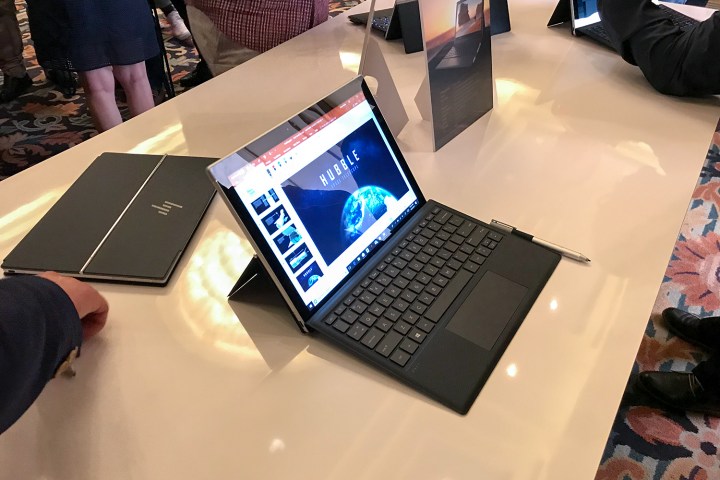
This initiative should come as no surprise considering the recent announcement of Qualcomm-powered laptops with LTE support. These notebooks are more connected, rather than more powerful, sporting long battery life and cellular connectivity, making them part of a new range of “Always Connected” PCs. Microsoft’s proposed Windows 10 tweaks would make that even more viable.
As it stands notebooks with physical SIM cards with in-store activation can provide similar functionality, but they are specialist devices rather than the norm. With Microsoft’s planned changes, laptops would be able to leverage an embedded SIM (EUIIC or eSIM) with a profile downloaded from the cloud allowing for remote activation.

Details of this new feature were revealed at the WinHEC Fall 2017 Workshop which took place at the end of last month and ZDNet has a few slides from that show. They showcase the changes that the “next release of Windows 10” will have, making it possible to bring these notebooks online without the traditional physical sim card installation.
Full support of the feature may require cooperation from specific mobile carriers, so may be somewhat dependent on available packages in users’ geographic regions but if the feature becomes popular, there shouldn’t be much cause for not making it viable for all.
It’s possible this feature gains more traction in enterprise settings first, where the increased security of a cellular data connection is an attractive alternative to Wi-Fi, especially when there are comparable speeds. A lower power-usage than Wi-Fi is also an attractive side of it though, which may be what Microsoft uses to market it to consumers, as well as the fact that it allows laptops to remain “Always Connected,” without quite so many steps as existing solutions.
The “Redstone 4” build of Windows 10 where this feature is expected to appear, is slated to debut in April, so it will come a little after the launch of some of the Qualcomm-powered compatible notebooks. Although some of those notebooks will ship out without the hardware capabilities for eSIM support at launch, others may, with the Windows OS adding the software compatibility for them a little later. Windows Insiders, however, will likely gain access to the feature a little sooner.



